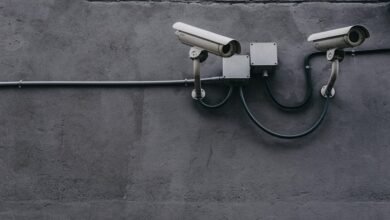Fraud Risk Assessment & Hotline Oversight Office 3511650370 3533786339 3342270871 3516969406 3290496972 3880507452

Fraud risk assessment is essential for organizations aiming to protect their assets and uphold ethical standards. It involves identifying vulnerabilities and implementing preventive measures. The Hotline Oversight Office plays a critical role in this process, ensuring anonymity for whistleblowers and fostering a culture of transparency. Understanding the interplay between these elements can significantly enhance an organization’s ability to mitigate fraud risks. What practices can be adopted to strengthen these frameworks further?
Importance of Fraud Risk Assessment
Although many organizations recognize the potential for fraud, the systematic evaluation of fraud risk is often overlooked.
Effective fraud detection hinges on proactive risk assessment, enabling organizations to identify vulnerabilities and implement robust risk mitigation strategies.
Key Components of a Fraud Risk Assessment
A comprehensive fraud risk assessment is built upon several key components that collectively enhance an organization’s ability to identify and mitigate potential fraud risks.
Essential elements include the identification of fraud indicators, thorough risk evaluation, and the establishment of robust internal controls.
These components facilitate a proactive approach, allowing organizations to address vulnerabilities effectively and safeguard their assets against fraudulent activities.
Role of the Hotline Oversight Office
While organizations implement various measures to combat fraud, the role of the Hotline Oversight Office remains crucial in ensuring that these efforts are effective.
This office monitors hotline effectiveness, providing oversight to maintain reporting anonymity and encourage whistleblowing.
Best Practices for Implementing Fraud Prevention Strategies
Implementing effective fraud prevention strategies requires a comprehensive approach that encompasses both proactive measures and ongoing evaluation.
Prioritizing employee training fosters a robust risk culture, empowering staff to recognize and report suspicious activities.
Regular assessments of existing policies, combined with open communication channels, ensure continuous improvement.
Conclusion
In conclusion, the synergy between robust fraud risk assessment and the vigilant oversight of reporting hotlines serves as a modern-day shield against the insidious nature of financial misconduct. Much like the vigilant sentinels of ancient Rome, the Hotline Oversight Office stands guard, fostering a culture where transparency thrives. By implementing best practices and prioritizing accountability, organizations can navigate the treacherous waters of fraud, ultimately reinforcing their ethical foundations and safeguarding their assets against the ever-present threat of deception.




